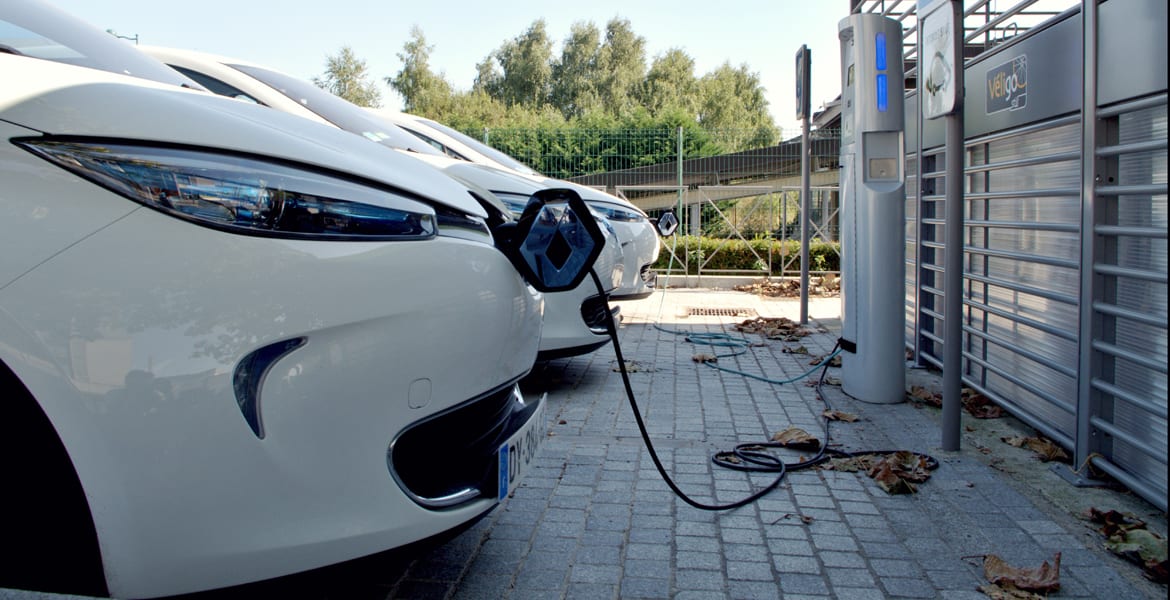In Sweden, fast charging of electric cars at public stations has become more expensive than refueling with gasoline, according to a recent calculation. However, home charging is still cheaper than gasoline.
It is Privata Affärer that has compared the costs of driving 10 kilometers with an electric car versus a gasoline car. The calculation is based on a gasoline car consuming 0.7 liters of gasoline per 10 kilometers and an electric car consuming 2 kilowatt-hours per 10 kilometers.
At current prices, fast charging at public stations costs 11.38 SEK per 10 kilometers, while gasoline refueling costs 11.02 SEK per 10 kilometers.
This means that fast charging can currently be more expensive than gasoline. This type of charging is mainly used during longer trips or when a quick top-up is needed, while home charging is the most common and cost-effective option for most electric car owners.
Home charging still cheaper
The calculation shows that home charging an electric car is significantly cheaper, with a cost about 75 percent lower than the per-kilometer cost of a gasoline car.
At the same time, costs are affected by several factors, including driving style, outdoor temperature, and the fuel consumption of different car models. Electricity prices also vary depending on the time and provider, meaning the cost of home charging can vary significantly depending on where in the country you live and when you charge the car.




